I had a very interesting day and learned quite alot. The morning was full of skyping with my students! I was able to talk and see all of my classes today with the help of Mr. P, Mr. Howard, and Mr. Miller. It was good to see them and answer some of their questions first hand. The rest of my time today was spent helping Dr. Natali with her moss wires. Before I came on this expedition I didn't know much about moss and I had never heard of a moss wire. But after some detailed instructions, descriptions, and direction I too can begin to understand and apply moss wires for taking measurements!
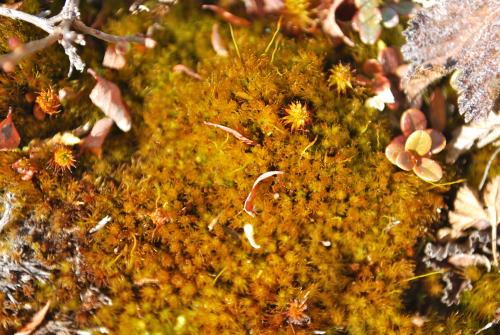
Mosses are small non-vascular plants. This means that they don't have vessels or veins that carry water. They also do not have flowers or seeds or cones or fruit! They do reproduce using spores and they do carry out photosynthesis. There are about 12,000 kinds of Bryophyta, which is the division that includes mosses.
On the tundra in this area we have about 10 different species of moss. Some of them like water more than others. So you can often get an idea of how dry or wet an area is by the types and amount of moss in that area. Many of them grow in what I would call carpets. They cover the area that they occupy with a deep moist layer of material that tends to crowd out some of the other plants.
Some of the mosses in our study site in plants from the genus Polytrichum, which I call the star moss because the tops look that way to me. Also there are representatives from Dicranum, or Broom Moss, Pleurozium, or feather moss, and Ptilium, or Knight's Plume. A real common moss in our area is several different species of Sphagnum, or peat moss. All of them are small and different. And measuring their growth can be tricky.
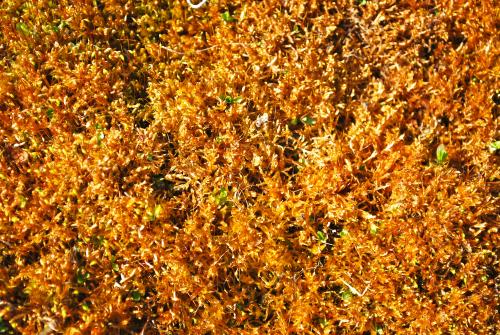
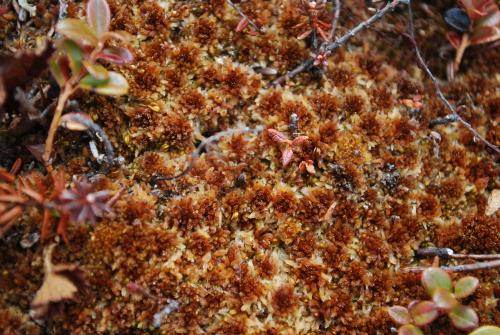
With most of the mosses a moss wire can be inserted into the carpet just below the surface of the living material, with one piece of it sticking up in the air. You then have to measure the distance from the top of the moss to the top of the wire sticking up. Then later in the season you come back and measure the distance again. If the measurement has changed then you subtract the difference and you have your growth.
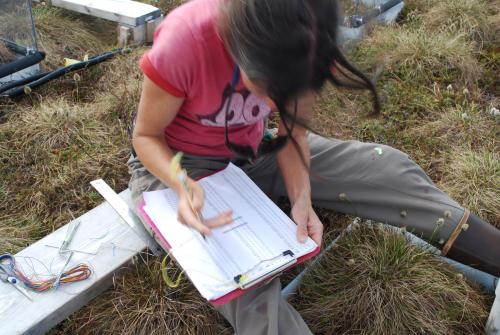
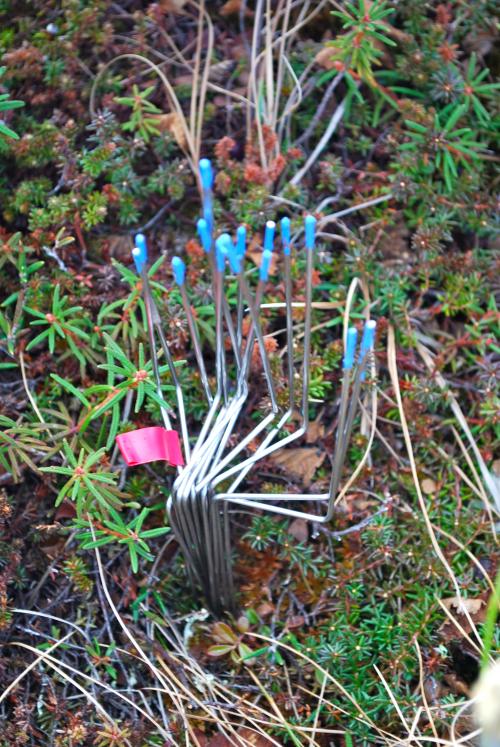
It's a different story for the feather moss. To measure them you need to tie a small thread around one of the tiny stalks just at the point where the plant is still growing. This part looks wet and has more color than the material underneath. You then measure the height of the material above the thread and the arms that are growing to the side. Later you must come back and re-measure the whole thing all again. It takes time and patience!


Comments